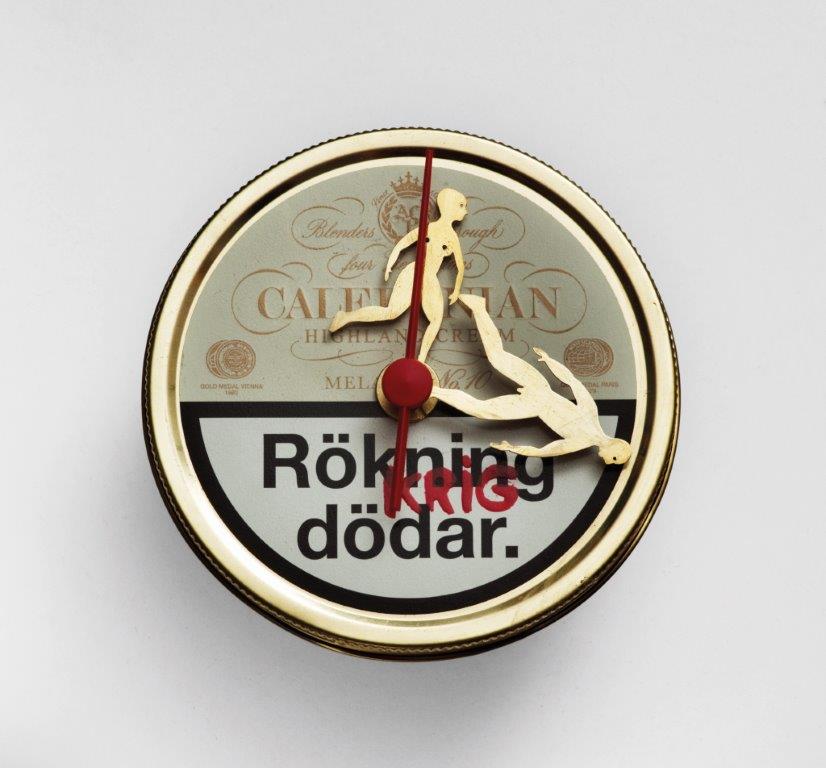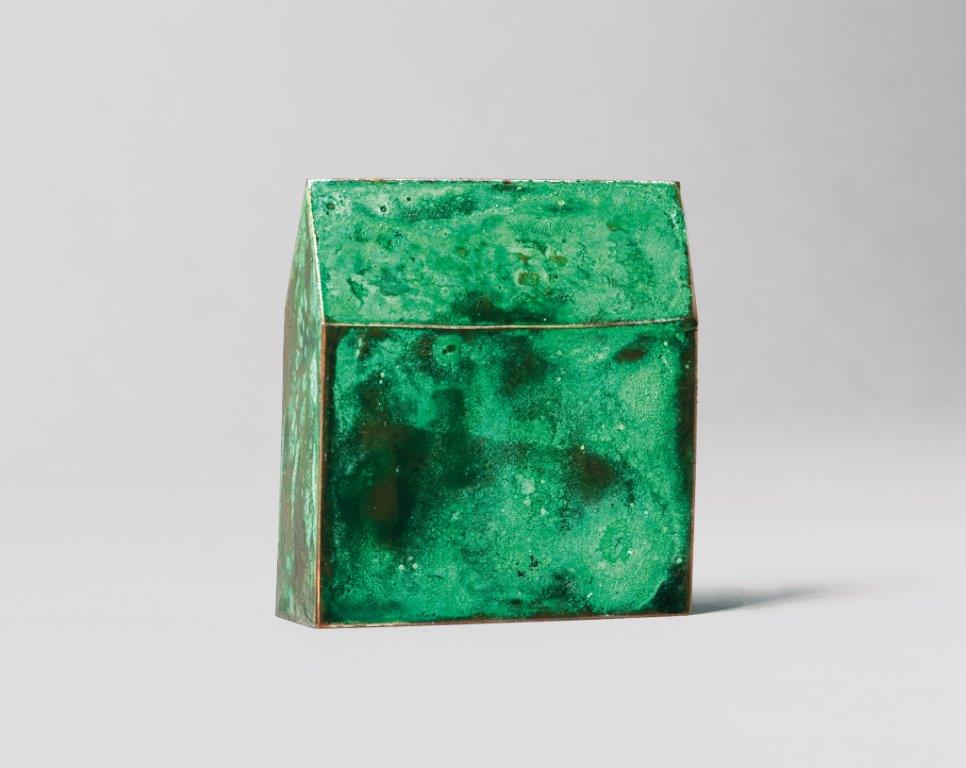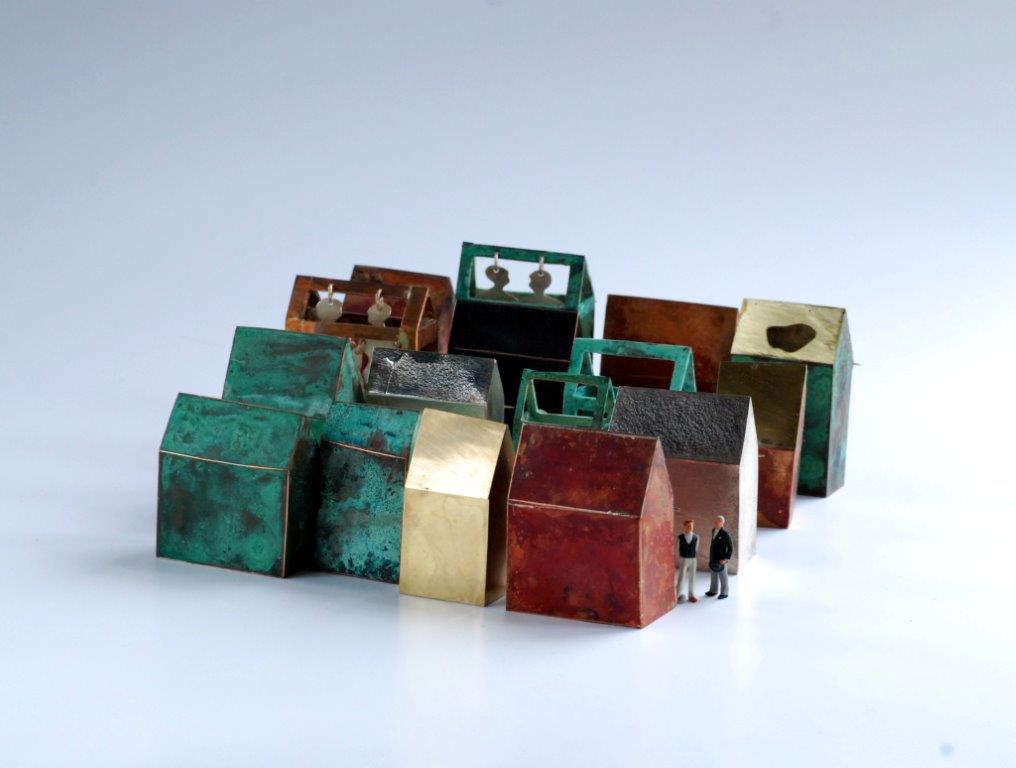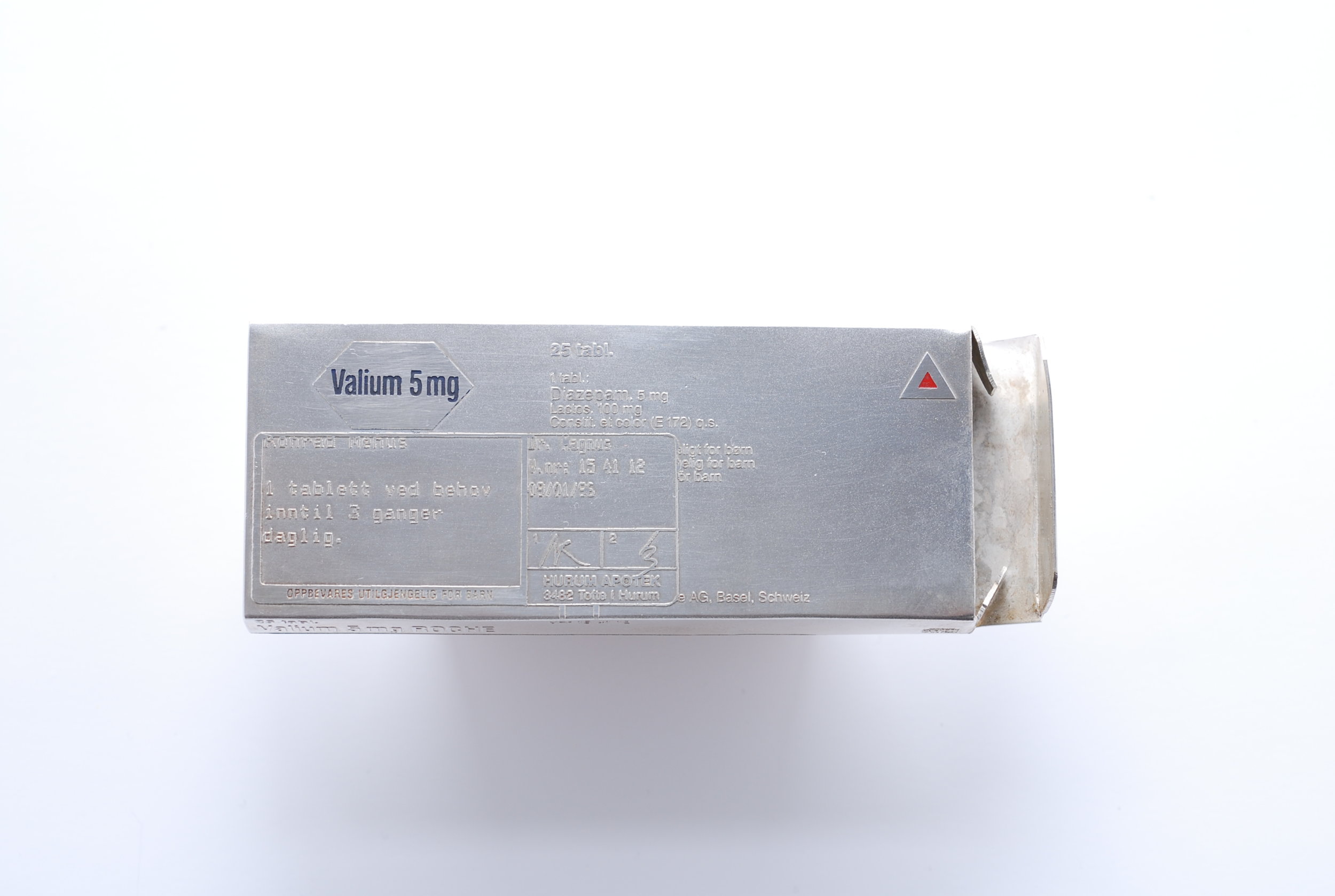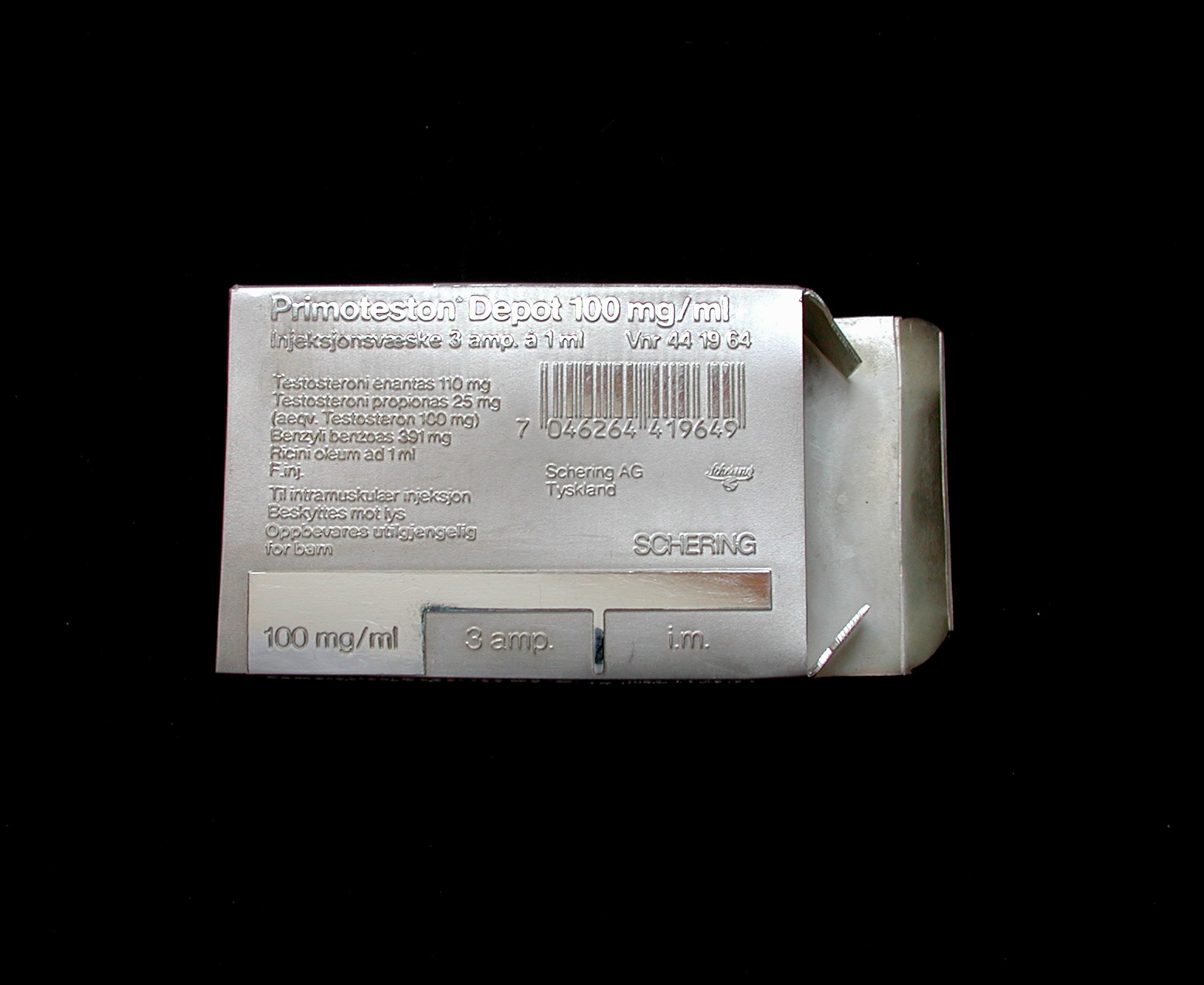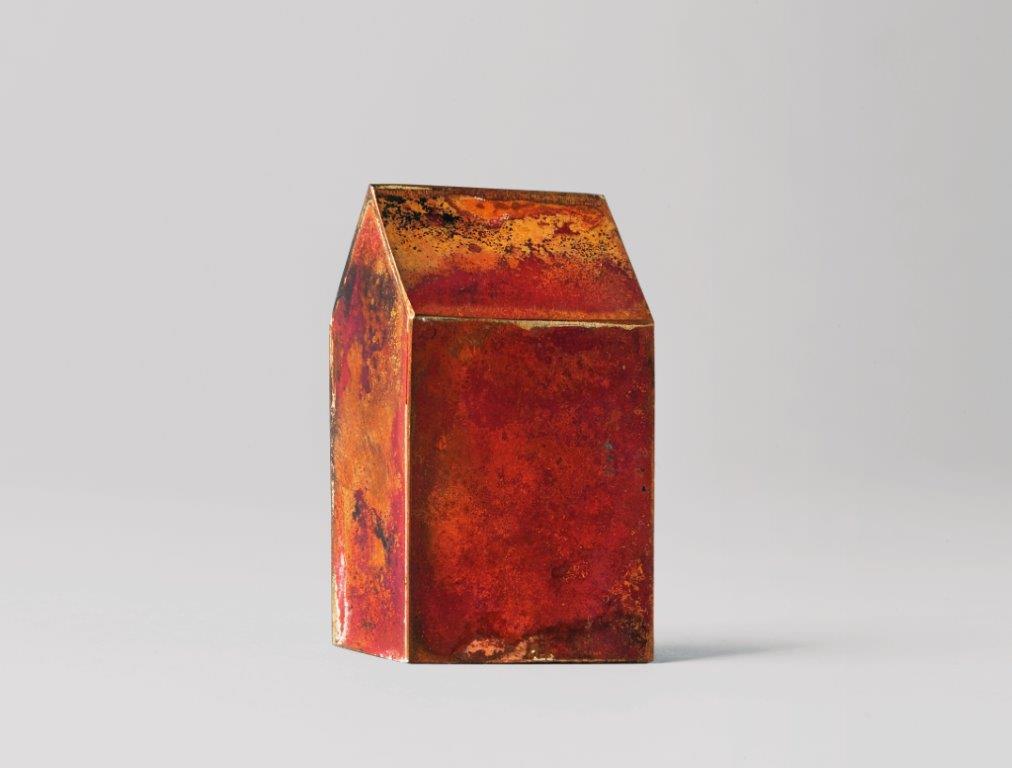Konrad Mehus
Since the late 1960s, Konrad Mehus was a central front figure in Norwegian art crafts.
"Dinnertime", which he made in 1974 and which is an object assembled by a crystal glass and a fork, is taken as an icon of time. It illustrates in a very clear way the development within the art craft in post-war times, where artistic idea and content have become more important than use function and utility.
Similarly, his jewelery has often had a cleft against conventions and values that prevail in the goldsmith industry, and therefore they have gained an important function in the establishment of a new understanding of what jewelry can be. As an art object, the piece of jewelry does not need to be strictly for decoration or symbolizing prosperity and status. It can also be a means of communication.
Inside the art craft, communication is often about material, form or process. Not like that at Konrad Mehus. With silver as (head) material and jewelry as a medium, he tells stories with social content and politically touched. It is a figurative language rich in metaphors and symbol, Konrad Mehus uses to be able to tell his stories.
This choice also makes him stand in a special position among Norwegian jewelery artists, though he has in recent years been followed by a couple of others who also make use of a figurative form of expression. In the intimate format that a brooch is, it's detailed through the detailed stories. One such detail is the traffic sign with the moose, a well-known view for most motorists in Norway. It appears in many of Mehus's jewelery as a central symbol of our time. Colts with dangles that mimic the screw caps on the Coca Cola bottles, similarly tell if changing consumption habits and the international cultural industry are decisive. But he also tells other and more personal stories. The series "Bill.mrk. Two rooms and kitchen 1956" with miniature depictions of period 1950's interiors will evoke recognition memory by many. At the same time, they symbolize re-raising after the war, where bustadar to all stood at the center of the Labor Party's welfare policy.
Info: oslo[at]format.no

